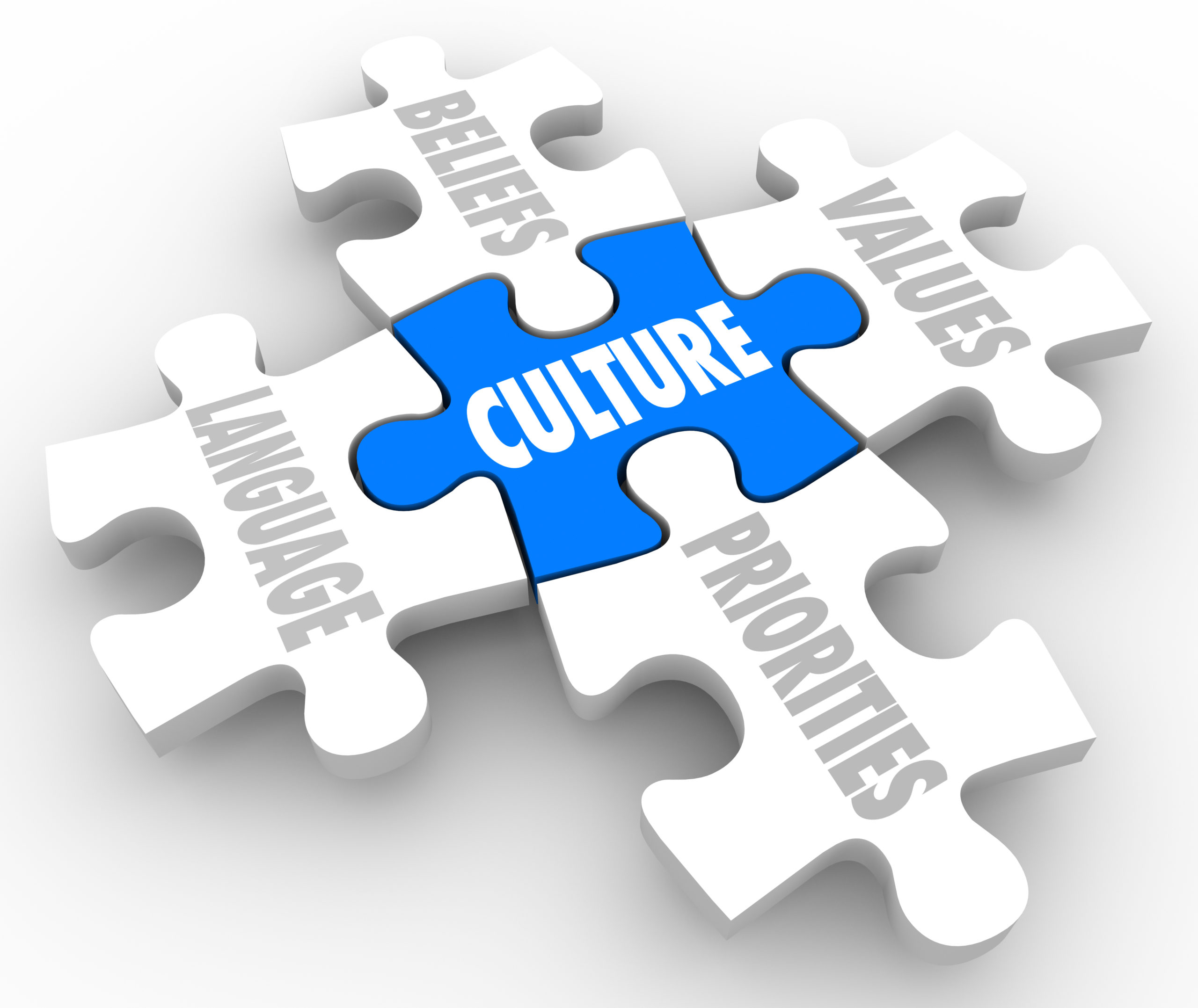Fun Facts About Filipino Culture
The Philippines are the second largest group of islands in the world. There are over 7,100 individual islands that make up the Philippines. They are located in the Pacific Ocean as part of the continent of Asia.
The Filipino culture is a mixture of Malayo-Polynesian and Hispanic cultures with an influence of Chinese. Their art, music, architecture and dance are all influenced by the mixture of these people.
Since the country was first settled by the Melanesians (people from the island nations of Vanuatu, Solomon Islands, Papua New Guinea, and Fiji) some of this culture remains a part of their culture today. The Austronesians came next, who are people from Oceania and some of the neighboring South East Asian countries. Today, the Austronesian culture is a large part of the Filipino culture. It is shown in their ethnicity, language, food, and dance.
Trade with other countries (China, India, Japan, Middle East, Borneo, etc.) also has influenced the Filipino culture. Spain impacted the Philippines when it colonized the islands for over 300 years. With Mexico and Spain ruling over the Philippines, the Hispanic influence impacted their style of dance and choice of religion.
The Philippines became a United States territory (for about 40 years) beginning in the early 20th century. At this time, the United States played a role in influencing this country, too. Using English language and enjoying the modern pop culture of the United States are two examples.
The flag of the Philippines is royal blue, red and white. There is one triangle with a golden sun and eight rays inside this triangle. The rays stand for the Philippines’ first eight provinces in 1896. The stars stand for the country’s three main regions (Luzon, Visayas and Mindanao). The pledge to the flag talks about the importance of honor, justice and freedom.
Each of the three main regions has their own specialty foods. Seafood and rice are common. Native dishes include adobo – a meat stew made from pork or chicken, lumpia – meat/vegetable rolls, pancit – a noodle dish and lechon – roasted pig.
Armis is the national sport in the Philippines. Eskrima (weapon-based), Panantukan (empty-handed techniques) and Pananjakman (boxing part) are other types of martial arts which began in the Philippines. Additional popular sports include basketball, boxing, football, billiards, chess, bowling, volleyball, horse racing, dodge ball and badminton.
The Palarong Pambansa is a national sports festival in the Philippines. Universities and private school join this event which is a national Olympics for college students.

Online Tagalog lessons for kids: dinolingo.com


